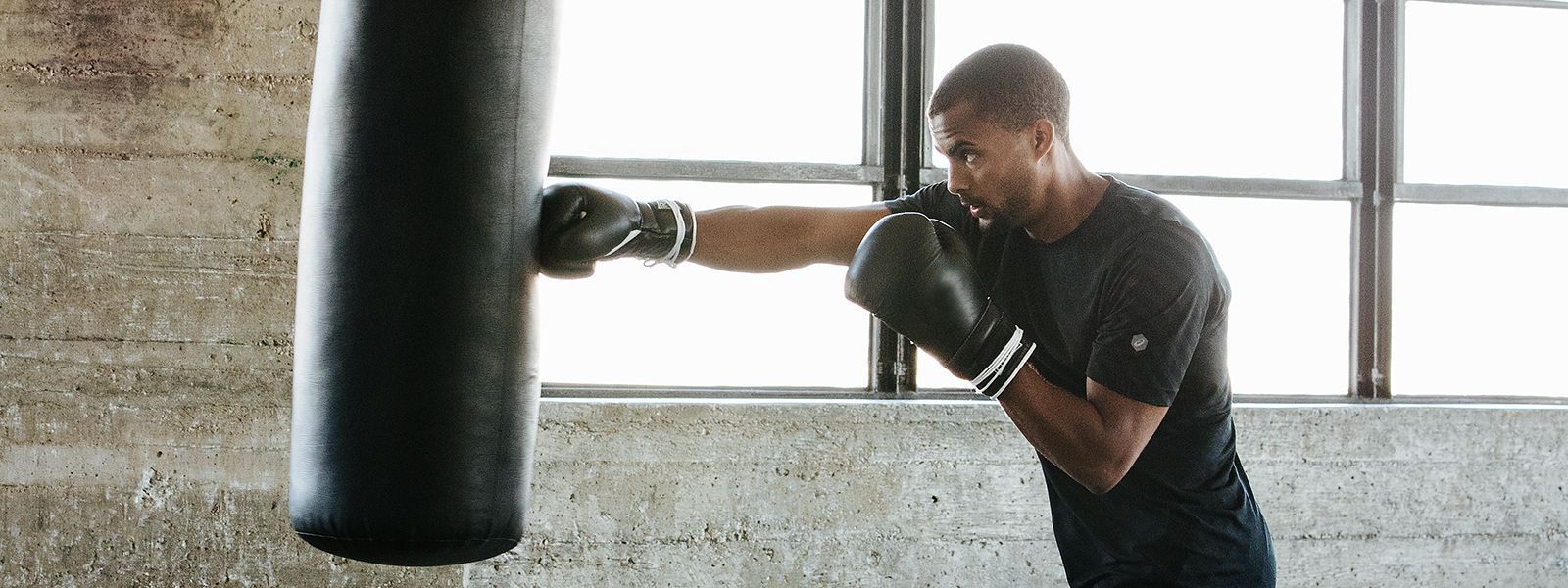HIIT Training for Runners
High-intensity interval training (HIIT) has become one of the hottest trends in fitness in recent years. Countless books and guides have been published on this dynamic workout, and many gyms and personal trainers offer it. There are many kinds of HIIT activities, although it’s often associated with moves such as squats, lunges, burpees and similar compound exercises. So, are HIIT and running compatible, and how might it benefit your routine?
What is HIIT?
HIIT covers an enormous range of exercise types, but it typically involves short, intense cardio workouts – normally around 30 to 45 seconds in length – followed by shorter recoveries of 15 to 30 seconds. A typical HIIT workout will see you do around three repeats of a series of moves, with a minute break between each series.
HIIT workouts can last as little as 10 minutes, and are recognised as helping burn calories faster and in much less time than other types of exercise. This has made HIIT especially popular for weight loss.
HIIT is different to standard interval training
Interval training has long been a key part of training for runners of all kinds, typically involving sprinting specific distances before recovery, and then repeating the sprint. However, as noted above, HIIT typically focuses on a range of full-body compound exercises rather than just sprinting, so HIIT and running may not initially appear like ideal training partners. Runners know that focusing on building leg muscle and endurance is important, so doing other kinds of workout might seem less valuable. However, a HIIT running workout done well can benefit athletes of any level.
What are the benefits of HIIT for running?
There are many benefits to including HIIT in your running regime. These include:
- Improved running performance: A 2014 study in Hong Kong put a group of regular runners through HIIT training 3 to 4 times per week for six weeks. At the end of the experiment they compared this group’s performance running for one hour on a treadmill versus other runners who had not done the HIIT running workout. The HIIT group were found to have higher strength, endurance and running performance.
- Free fitness training: Just like running, HIIT offers a free kind of workout you can do pretty much anywhere – in your room, at the gym, in a park, or wherever suits you! You don’t need any special equipment to do HIIT, and this means you can build it into your training routine with ease.
- Improves muscle strength and power: Many HIIT exercises involve powerful push-off and jumping moves. This means you build up endurance in your fast-twitch muscle fibres, which means you can run faster for longer.
- A more balanced body: If you only train by doing running, you’ll only be working certain muscles. That’s certainly important, but it’s only part of the picture. By building strength in your core, chest and arms, HIIT can help improve your body’s overall efficiency and power – all crucial for running farther.
- Variety and flexibility: HIIT is great for mixing in with your running routine because it adds variety and a new challenge, helping you push past fitness plateaus. What’s more, it’s an exercise you can easily and readily do indoors – if the weather is truly horrible outside, it’s a quick, convenient way of doing at least some training in the comfort of your own home.
HIIT running workout sample routine
Build the following HIIT for running techniques into your fitness routine at least once per week. These exercises engage the muscles throughout your body to help improve your overall running ability and strength.
For each of the following, do the exercise for 30 seconds, then rest for 15 seconds before immediately starting the next move. After you’ve completed the set, rest for one full minute, then repeat two more times.
- Squats
- Stand up straight, with your feet shoulder-width apart
- Bend your knees while keeping your torso vertical
- Bend your knees and push out your buttocks to where it resembles sitting on an invisible chair
- Push up through your legs to a standing position, then repeat
- Mountain climber
- Get into plank position, with your arms extended and palms face down on the ground
- Bend your left knee up to your chest, keeping your right leg extended
- Quickly return your left leg to the plank position and switch feet
- This should feel like a sort of sprint, rapidly moving your legs back and forth
- Burpees
- Get into plank position
- Bend your elbows and do a push-up
- Once you’ve returned to plank, quickly jump your feet forward so they land between your hands and you are in a kind of frog crouch
- Push off from your legs and leap into the air, extending your arms to the sky
- Once you land, quickly drop back into the ‘frog’ position, then jump your legs back to plank and repeat the move
- Star jumps
- Stand with your arms by your side, and feet together
- Leap into the air, extending your arms up and to the side, and your legs out to the side
- Leap back to centre, then repeat
- Sit-ups
- Lie on your back with your knees bent and the soles of your feet on the ground
- Cross your arms on your chest
- Clench your stomach muscles and raise your torso up before slowly returning to the lying position
- Repeat
HIIT and running make the perfect training partners, with HIIT helping you to become a stronger, faster more efficient runner. So, why not try building HIIT into your running routine?



